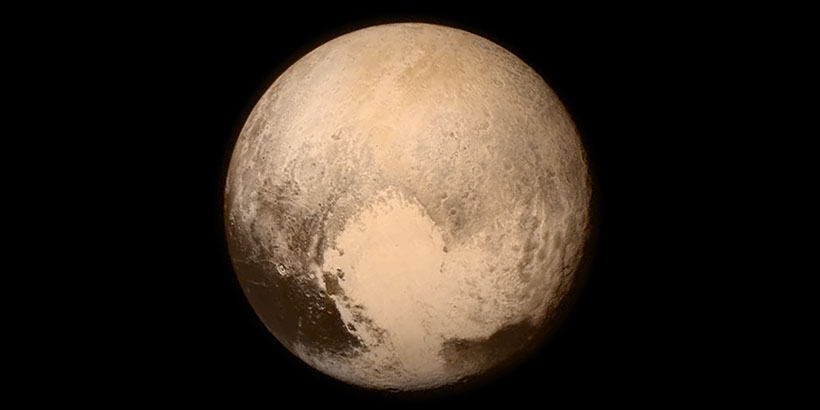
HUNTSVILLE, Ala. — Today as NASA reaches yet another milestone in space exploration with its flyby of Pluto, and the team of engineers, physicists and scientists at the Marshall Space Flight Center in the Rocket City will celebrate the culmination of nearly a decade of work and anticipation.
The New Horizons spacecraft, part of NASA’s New Frontiers program managed at the Marshall Space Flight Center was launched in 2006, and has hurtled through space at more than 30,000 miles per hour to reach its destination, making it the fastest spacecraft in history.
Today, New Horizons will fly the closest we’ve ever been to Pluto, around 8,000 miles above the planet’s icy surface. To put that in perspective, Earth’s Moon is around 238,900 miles away.
Though the mission itself was conducted out of an office in Maryland, Huntsville’s Marshall Space Flight Center has served in an advisory role throughout the program, imparting the lessons they’ve learned on previous missions to make New Horizons as successful as possible.
The U.S. Space and Rocket Center is abuzz with activity Tuesday, as visitors from across the country have stopped in to take part in a “Plutopalooza” celebration.
The event features “hands-on activities, multimedia shows inside the GeoDome planetarium, space story time, and a virtual reality solar system tour — all sharing the excitement of the first spacecraft to visit distant Pluto.”
While some of the most striking images of Pluto have already been received, deputy program manager of the Planetary Missions Office at Marshall Brian Key told Yellowhammer that it will take more than a year for New Horizons to send its entire cache of information back to Earth.
“All of the data of the mission is going to be transmitted back to Earth over the next 16 month,” Key explained. “There is a lot of data and a lot of analysis that will take place before we’ll actually know what exciting news we may learn about Pluto.”
After New Horizons completes its trip through Pluto’s system, it will continue on into the Kuiper Belt—the astroid belt in orbit around the Sun beyond the dwarf planet—where it will continue to transmit data and possibly find another celestial body to study.
Like this article? Hate it? Follow me and let me know how you feel on Twitter!
— Elizabeth BeShears (@LizEBeesh) January 21, 2015
Don’t miss out! Subscribe today to have Alabama’s leading headlines delivered to your inbox.